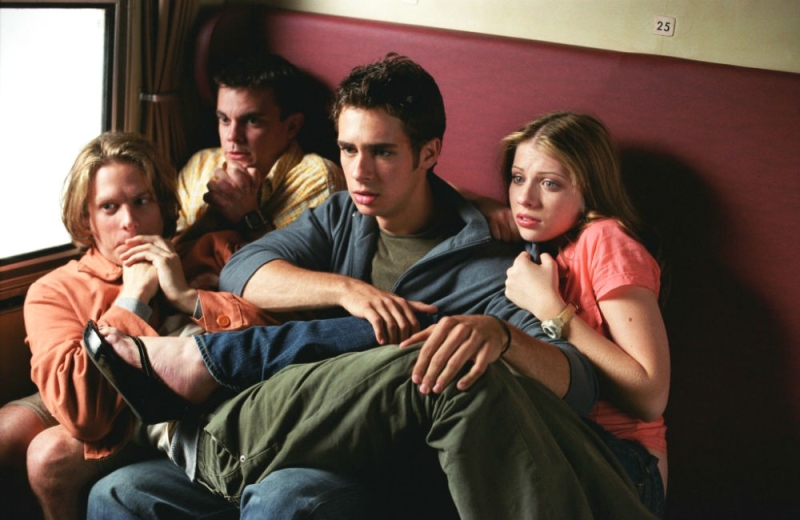
We explain the myths associated with traveling by rail.
Myth 1. The electronic ticket must be printed
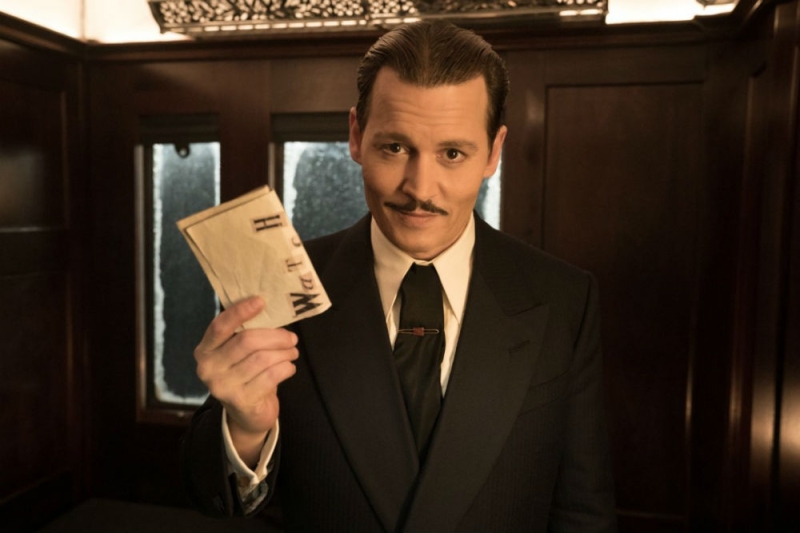
Still from the film “Murder on the Orient Express” (2017)
Partly incorrect. According to Russian Railways rules, you can present an electronic ticket on the screen of your mobile phone to the conductor on the train, provided that you have completed electronic registration. You can do this yourself on the Russian Railways website, but most often registration occurs automatically when purchasing a ticket: look for the “Electronic registration” mark next to the price.
But in some cases it is still necessary to print out electronic tickets. Thus, the same Russian Railways website separately states that a printout on A4 sheet must be presented to board some international trains (for example, to Poland, Lithuania, Latvia, Belarus).
Why is it recommended to print out electronic tickets for all trains? This is a simple reinsurance. Eventually, the phone may die.
Myth 2. You can only pay in cash
Partly true.It all depends on the train – for example, in modern Sapsan, Lastochka and branded trains, cards are accepted almost everywhere. The terminal may even be at the conductor with a cart of goods. But the trouble is that sometimes the terminals do not work because there is no connection – then the payment does not go through, the employee gets nervous and asks to pay the old fashioned way. So take with you not only a card, but also cash.
By the way, 47% of the 3,000 OneTwoTrip clients surveyed would like to pay on trains with a bank card; for 32%, the payment method on trains does not matter. Cash payment is preferred by 21% of respondents. But despite the desire to pay with bank cards, 68% of all respondents continue to pay for services and products on trains in cash.
Myth 3. There is no Internet or Wi-Fi
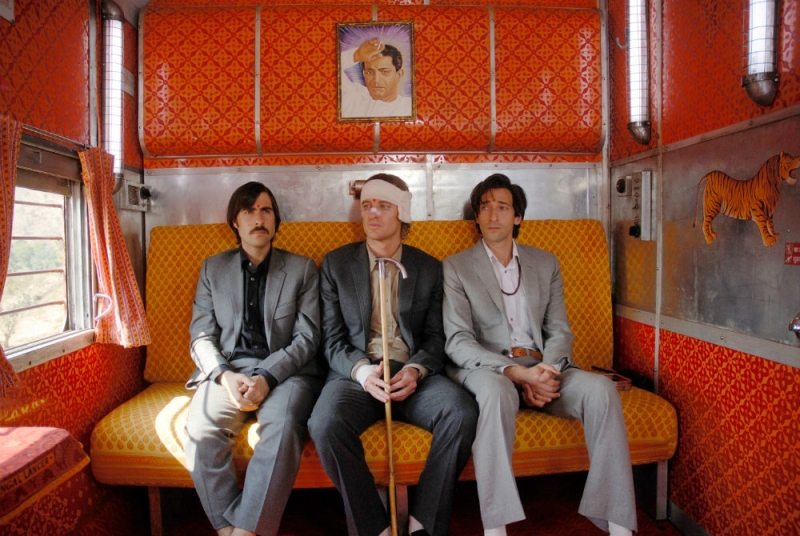
Still from the film “Train to Darjeeling. Desperate Travelers (2007)
Partly true. In branded trains, Wi-Fi is usually declared, but, for example, even on the busiest railway route Moscow – St. Petersburg it works not everywhere. In Sapsan, free Wi-Fi is included for first class and business passengers; others will have to pay extra. The speed is not too fast, and passengers note that it varies depending on the number of active users.
The Moscow-Adler and Moscow-Kazan double-decker trains have free Wi-Fi, but the signal quality depends on the area the train passes through.
Therefore, if you need the Internet on the road, we recommend that you play it safe and ask your mobile operator what tariff options it can offer. Just keep in mind that communication along the way may not be available everywhere: before your trip, look at the map of the coverage of Russian territory by networks of cellular operators.
Myth 4. If you miss the train, you cannot return the ticket and get your money back
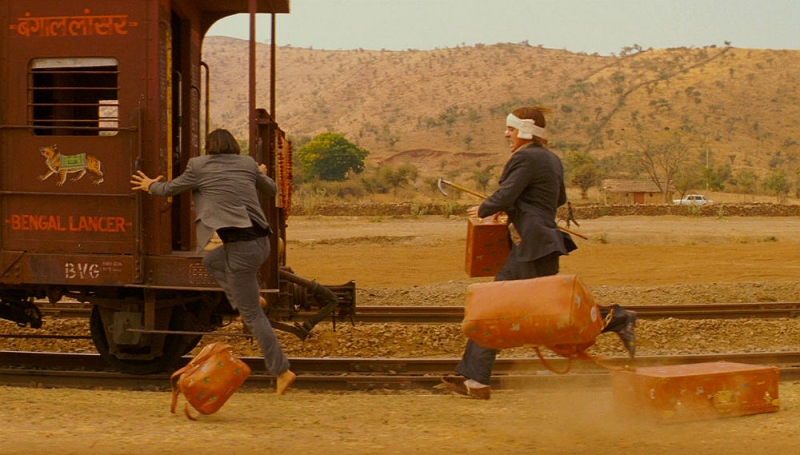
Still from the film “Train to Darjeeling. Desperate Travelers (2007)
Wrong. After the train departs, you can get some of the money back. The price of a Russian Railways travel document consists of two parts: the cost of the ticket (fee for using the railway) and the cost of a reserved seat (fee for using the train services). If you are late for your train, your reserved seat will not be returned to you, but you can get the cost of the ticket back. True, they will also withhold 192 rubles 10 kopecks – this is the fee for issuing a ticket refund in October 2017.
To return a ticket, you need to go to the ticket office at the station no later than 12 hours after the train departs. In the first three hours, you just need to show your ticket and identification document, and from the 4th hour until the end of the 12th hour, you can also write a statement of claim (the employee at the ticket office will tell you how to do this).
But if 12 hours to 5 days have passed since the train departed, you will need to attach a document to your application proving that the delay was not your fault (a doctor’s certificate, an accident report). If there is no such document, the money will not be returned. And if the train left more than 5 days ago, too.
Myth 5. There is no normal food on the train
Partly true.Many trains now give out “Your Meal Allowance” – dry rations that are enough for a snack. Depending on the length of the trip and the class of service, this includes water, a sandwich, yogurt, juice and cookies. If desired, you can purchase from the conductor, for example, tea, coffee, cookies and instant noodles, but the prices will be higher than in the store.
On some trains, for example, in the first and business classes of Sapsan or on some branded trains in Russia, breakfast or dinner is already included in the ticket price – it is better to check this point when purchasing a ticket at the support service. For dinner they may offer potatoes with cutlets, and for breakfast, for example, cheesecakes.
And of course, you can always go to the dining car for breakfast or dinner. The prices there are high, but on many trains the food is quite tasty. For example, in the dining car of the Rossiya train, traveling from Moscow to Vladivostok, chicken fillet with vegetables costs 590 rubles, mushroom soup – 300 rubles, scrambled eggs with ham and vegetables – 285 rubles. At Sapsan, pork with potatoes costs 500 rubles, solyanka “Homemade” – 280 rubles, pancake with cheese and ham – 270 rubles.
A surefire way to have a normal snack or meal on the road and at the same time save money is to take food with you, especially if you don’t have a long trip. And we are not necessarily talking about chicken and boiled eggs, take a sandwich, dried fruit, bananas or cereal bars. Well, if you still want a full-fledged hot meal or your journey takes more than a day, then go to the dining car.
By the way, when purchasing a ticket for the Sapsan bistro car (5.15 carriage, class of service: 2E), the ticket price includes food and drinks from the menu in the amount of 2000 rubles. For example, such a ticket departing in mid-November costs 4,500 rubles.
Myth 6. If you get off at the station and the train leaves, you need to buy a new ticket
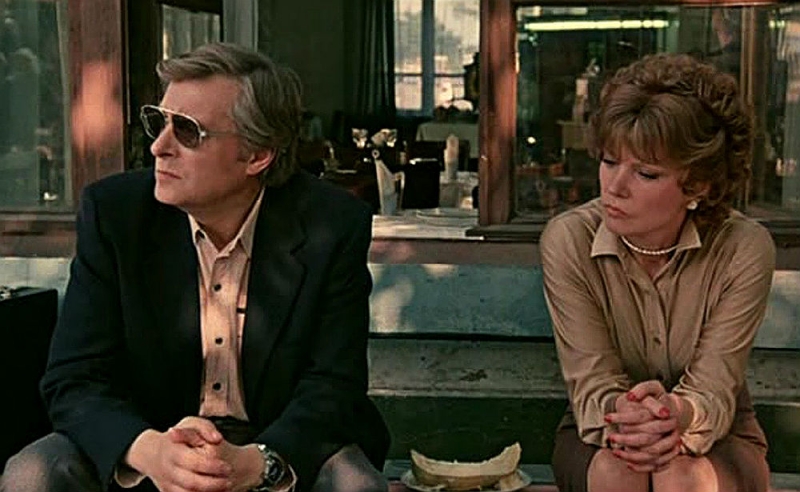
Still from the film “Station for Two” (1983)
Wrong.There is no need to buy a new ticket – just arrange a stopover along the way with the head of the station where you find yourself. So, if you get off at the station and the train doesn’t wait for you, go to the ticket office and ask to be marked for the stop. It is important to do this within three hours from the moment the train you arrived on arrives at the station. After this, you can board the next train going in the desired direction, but you will need to pay the cost of a reserved seat – services for using the train. It depends on the destination and ticket, but usually amounts to 40-50% of the full price. Please note that you will be seated in an empty seat, and it may be of a lower class than on the departing train.
A stop, by the way, can be arranged for up to 10 days – a good opportunity to extend the trip.
Myth 7. There are no sockets on trains or only one in the conductor’s compartment
Wrong.There are more sockets in carriages than you think. In compartment cars they are located between the third (seats 9, 11, 10, 12) and fourth (13, 14, 15, 16) compartments, as well as between the seventh (25, 26, 27, 28) and eighth (29, 30, 31, 32). In the reserved seat there are sockets near seats 5, 7, 8, 9, 29, 30, 31, 32, 41, 42, 59, 50, and also at the end of the car next to the toilet and trash can. On double-decker trains there are two sockets in each compartment, four in the corridor (two per floor) and one socket in three toilets.
You can take the pilot with you: this way you won’t have to fight for an outlet with others who want to charge their gadgets. Or take a pre-charged powerbank so that you are not dependent on outlets at all.
Myth 8. It’s easy to fall from the second shelf, so it’s better to take tickets to the lower ones
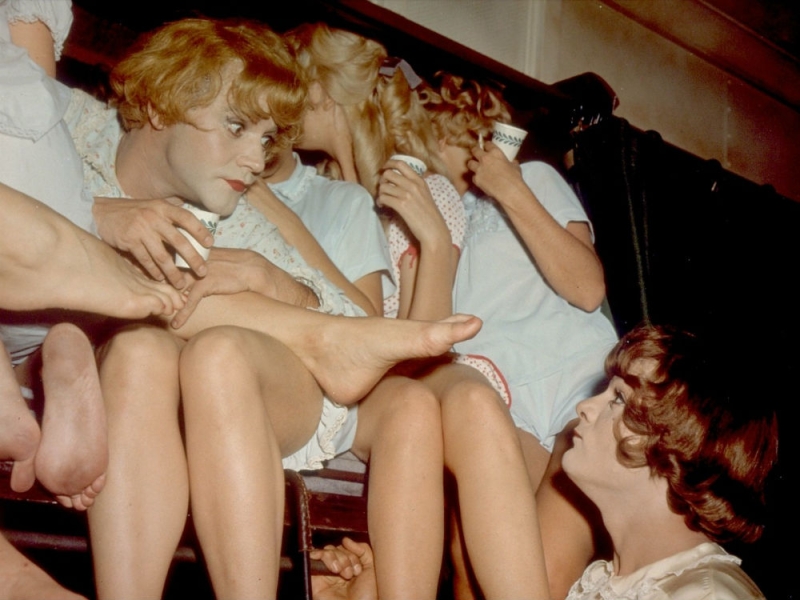
Still from the film “Some Like It Hot” (1959)
Wrong.In modern carriages, there are special handrails on the second shelves, and you can only fall if you jump over them in a dream. If there is no such handrail on your shelf, ask the conductor for a belt to fasten your seat. They are always available, and they are given out for free.
Myth 9. Hot water made of titanium can only be used by those who bought something from the conductor
Incorrect. Any passenger can take water from titanium. By the way, in many trains titans – special water heaters – were replaced with kettles.
The titanium or kettle is usually located opposite the conductor’s compartment. Titan looks like a steel tank with a tap, and the water is heated to “tea” condition about an hour after departure. Please note that if the water in titanium is cold, it can still be drunk: it is boiled and has simply cooled down. Titan is designed in such a way that running water cannot flow from it.
But you shouldn’t drink the water from the tap in the toilet, it’s technical.
Myth 10. You won’t be able to wash yourself on trains
Partly true. Most branded trains have showers – it’s best to ask your conductor whether yours has one. For example, there is a shower on the Moscow-Adler train No. 101/102, and on the Smena — A. Betancourt”, running between Moscow and St. Petersburg, it is in all cars except the headquarters one. However, using the shower is not free: for example, on double-decker trains between Moscow and St. Petersburg this service will cost 150 rubles. There are only 16 liters of water per person, so you won’t be able to splash around, but you can rinse off. They don’t provide towels and slippers, so bring your own.
Preview photo: still from the movie “Eurotrip” (2004)
To rent a hotel, use the travel planning service OneTwoTrip.

